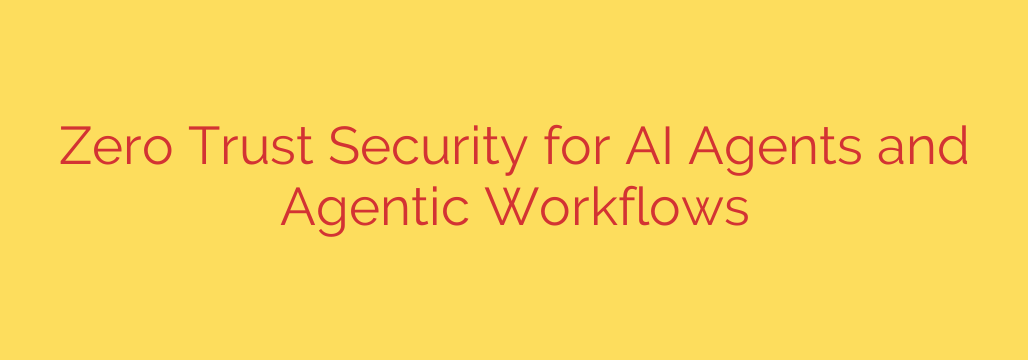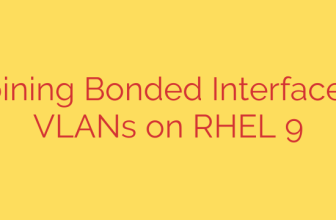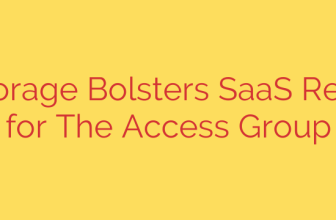
As artificial intelligence evolves, particularly with the rise of AI agents capable of performing tasks autonomously and interacting with various systems, the security landscape is undergoing a significant shift. These agentic workflows, where AI acts independently based on prompts or goals, introduce novel challenges that traditional security models struggle to address effectively. Unlike static applications, AI agents can make decisions, access sensitive data, and potentially cause harm if compromised or misconfigured. Securing these advanced AI deployments requires a fundamental shift in approach.
The principle of Zero Trust emerges as a critical framework perfectly suited for the complexities of agentic AI. At its core, Zero Trust mandates verifying everything and trusting nothing by default, regardless of location. This contrasts sharply with older perimeter-based security models that assume trust once inside the network boundary. For AI agents, which often operate across different services and data sources, this “never trust, always verify” philosophy is indispensable.
Implementing Zero Trust for AI agents involves several key pillars tailored to their unique characteristics:
Strict Identity Verification: Every AI agent, just like a human user or device, must have a verifiable identity. This isn’t just an API key; it involves establishing a robust system for authenticating the agent, understanding its origin, and ensuring it is the legitimate entity authorized to perform its intended tasks. This includes verifying the source code, the model running, and the environment it operates within.
Least Privilege Access: AI agents should only be granted the absolute minimum permissions necessary to complete their specific function. This principle of least privilege drastically limits the potential damage an agent can cause if it is compromised or if its behavior deviates unexpectedly. Permissions must be granular and tied directly to the agent’s current task, rather than broad access based on its role.
Microsegmentation: Agentic workflows often involve interactions with multiple services and data repositories. Microsegmentation allows for the creation of small, isolated security zones around individual agents or groups of agents and the resources they interact with. This prevents a breach in one part of the workflow from spreading laterally across the entire infrastructure, confining potential threats.
Continuous Monitoring and Analytics: Due to their autonomous nature, AI agents require constant surveillance. Continuous monitoring of agent behavior, interactions, data access patterns, and performance metrics is crucial. Advanced analytics, potentially using AI itself, can detect anomalies or deviations from expected behavior that might indicate a compromise, malfunction, or unauthorized activity. Threat intelligence should be integrated to identify potential risks associated with specific models or libraries used by agents.
Automated Policy Enforcement: Given the speed and scale at which AI agents operate, manual security responses are insufficient. Security policies for AI agents must be automated, enabling real-time enforcement and rapid reaction to detected threats or policy violations. This ensures consistency and speed in securing dynamic agentic workflows.
Securing the AI future isn’t just about protecting the AI itself; it’s about securing the workflows it enables and the sensitive data it interacts with. Adopting a Zero Trust framework provides the necessary rigor and adaptive capabilities to meet the unprecedented security demands introduced by autonomous AI agents, building a foundation of trust through continuous verification in an inherently dynamic environment.
Source: https://feedpress.me/link/23532/17063923/redefining-zero-trust-in-the-age-of-ai-agents-agentic-workflows








